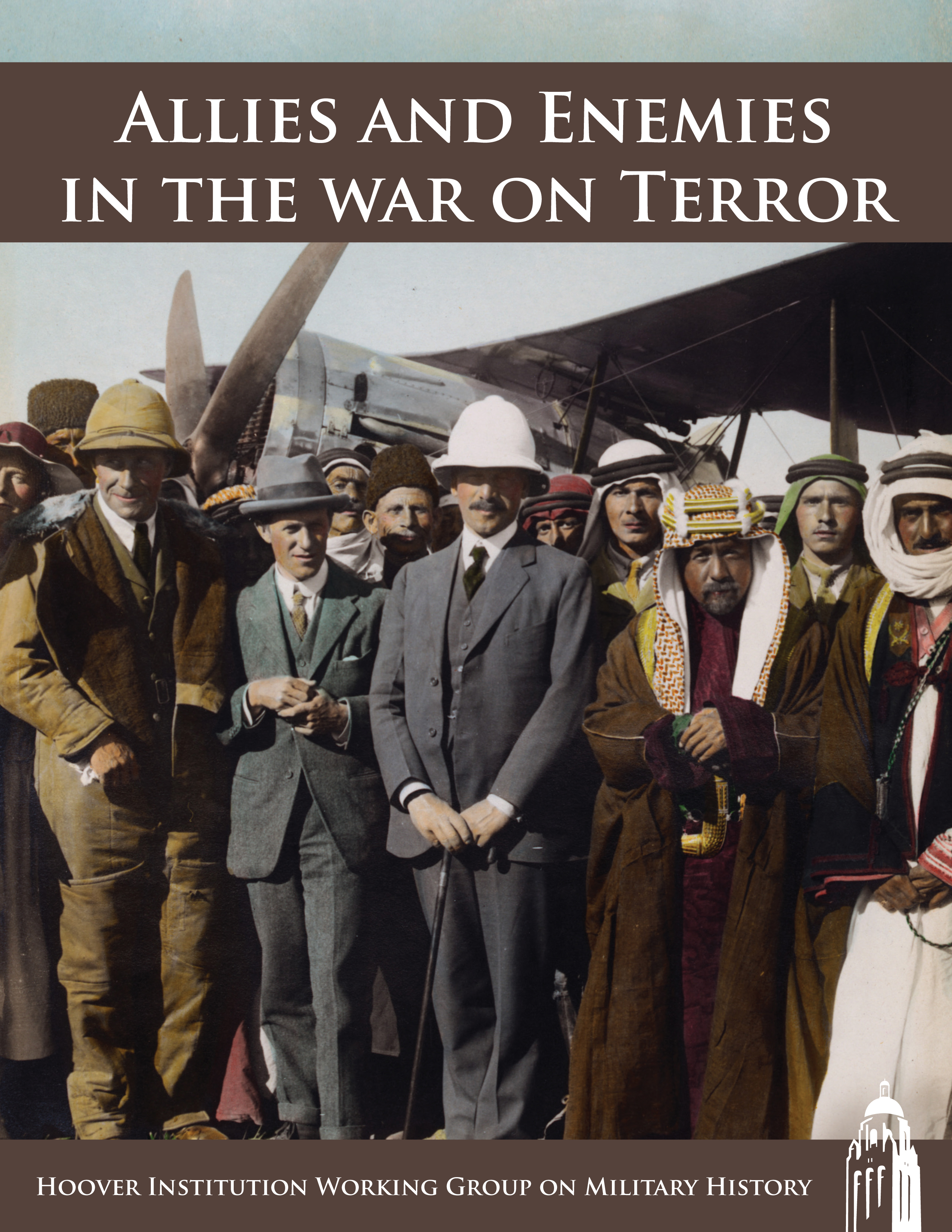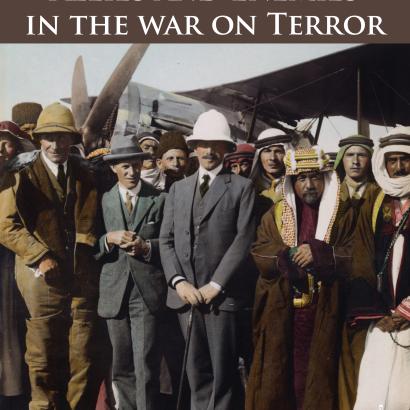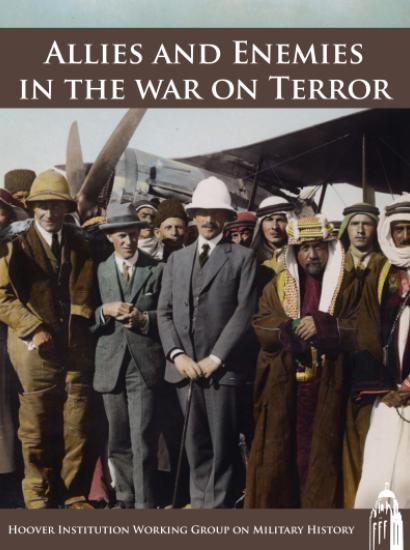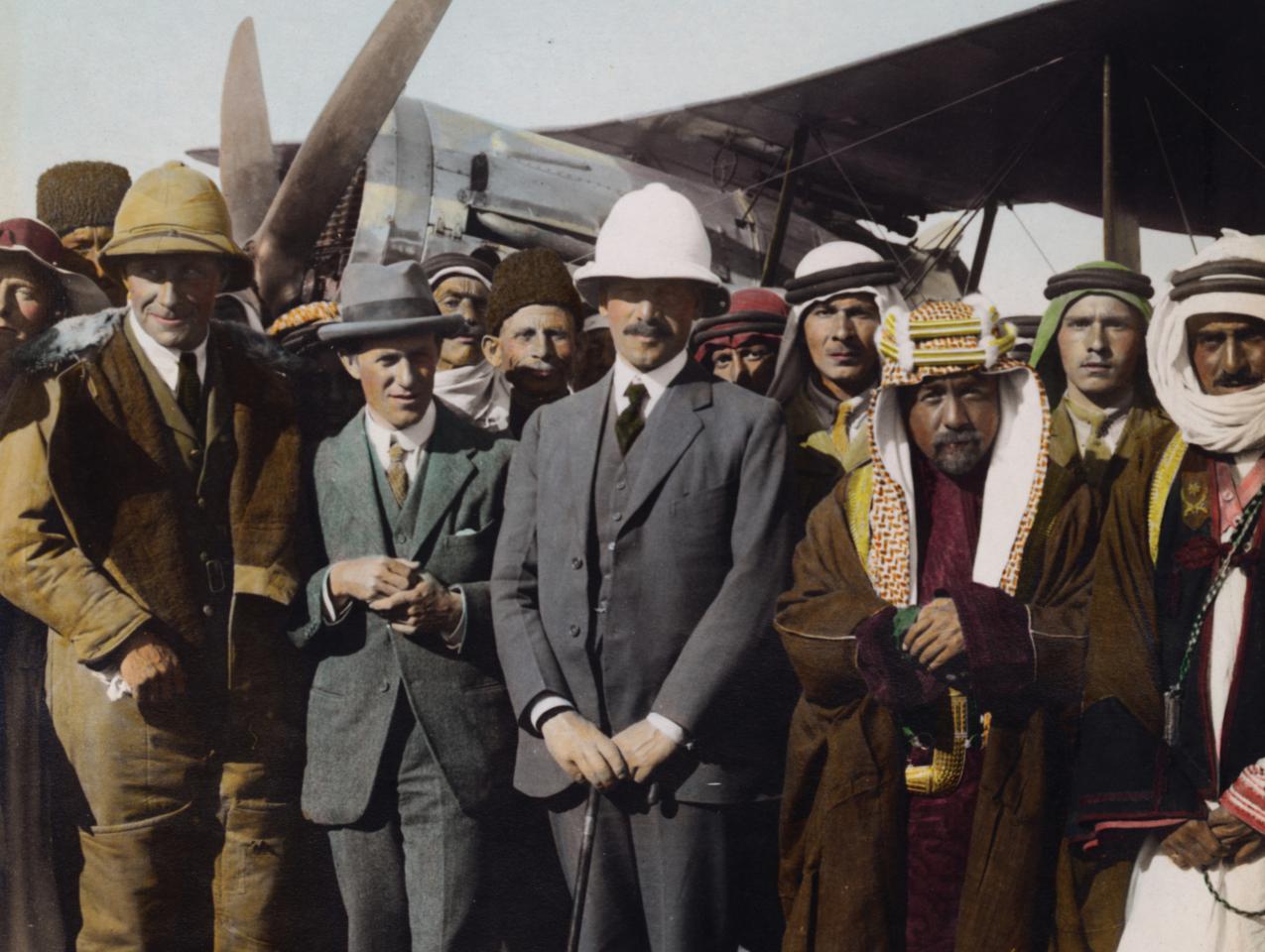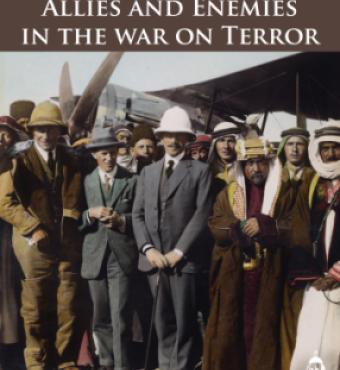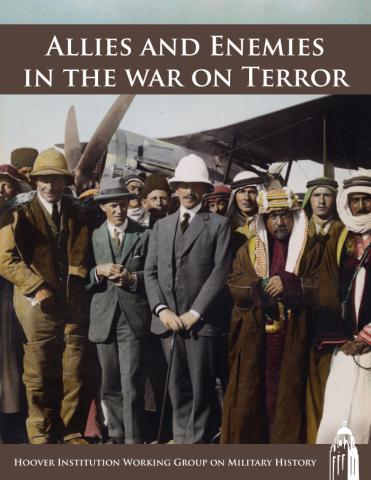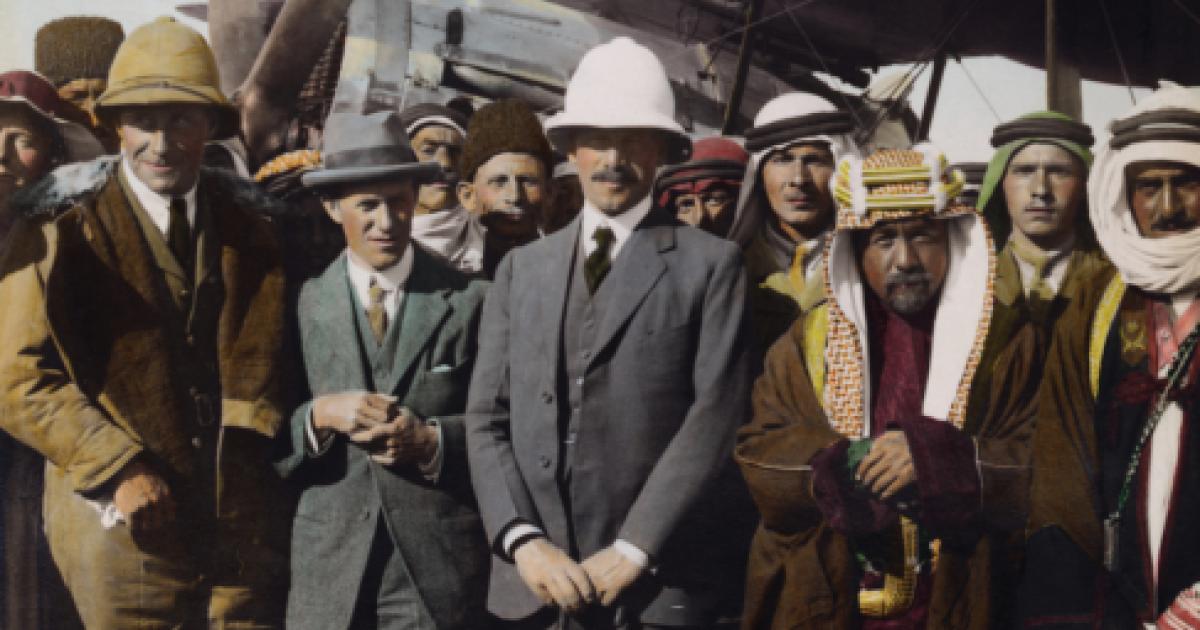In Syria, the besieged government of the Assad regime clings to about half of the territory, while Sunni factions fight over the other half. In Iraq, the Shiites control the south, the Kurds control the northeast, and the Sunnis in the northwest are controlled by the Islamic State of Iraq and Syria (ISIS). The Sykes-Picot division of Mesopotamia no longer exists, except in the minds of Obama White House operatives who will leave a full-scale disaster to the next administration.
The reason is that the administration lacks coherent answers to some basic questions. Is Iran an enemy or an ally? Once Iran becomes a threshold nuclear state, it can only be contained, not destroyed. Why is it necessary to destroy rather than contain ISIS? Which is the greater long-term threat to American interests, ISIS or Iran? Must the United States persist in its de facto military alliance with Iran inside Iraq in order to combat ISIS? In the confirmation hearing, senators should ask the nominee for secretary of defense—Ashton Carter—one straight question: have our military commanders endorsed our current strategy as sufficient to achieve the policy goal of destroying ISIS? An honest answer will be "no."
Stability among Shiites, Sunnis, and Kurds requires a steadying American influence. This in turn requires a status of forces agreement so that US military units will remain after the ISIS threat ebbs. In theory, President Obama has been given a do-over. He pulled out our troops and Iraq fell apart. Now we’re back. So will we stay this time?
Not a chance. The Shiite government in Baghdad will laugh in our face. Iran currently has more influence than do we. Opposing one enemy—ISIS—should not be done under terms that advantage our other enemy, Iran. If the end state is an Iraq inside the orbit of Iran, we have failed.
Is Iran an Ally or Enemy? by Bing West by Hoover Institution






